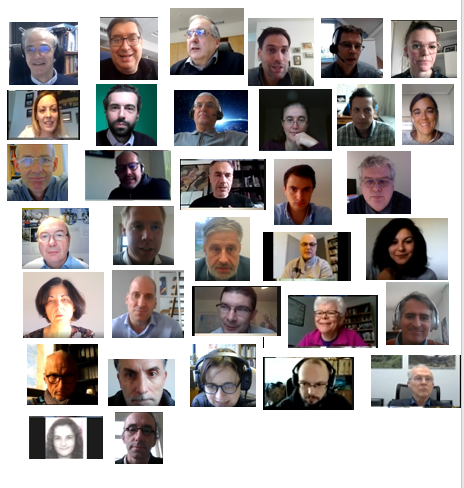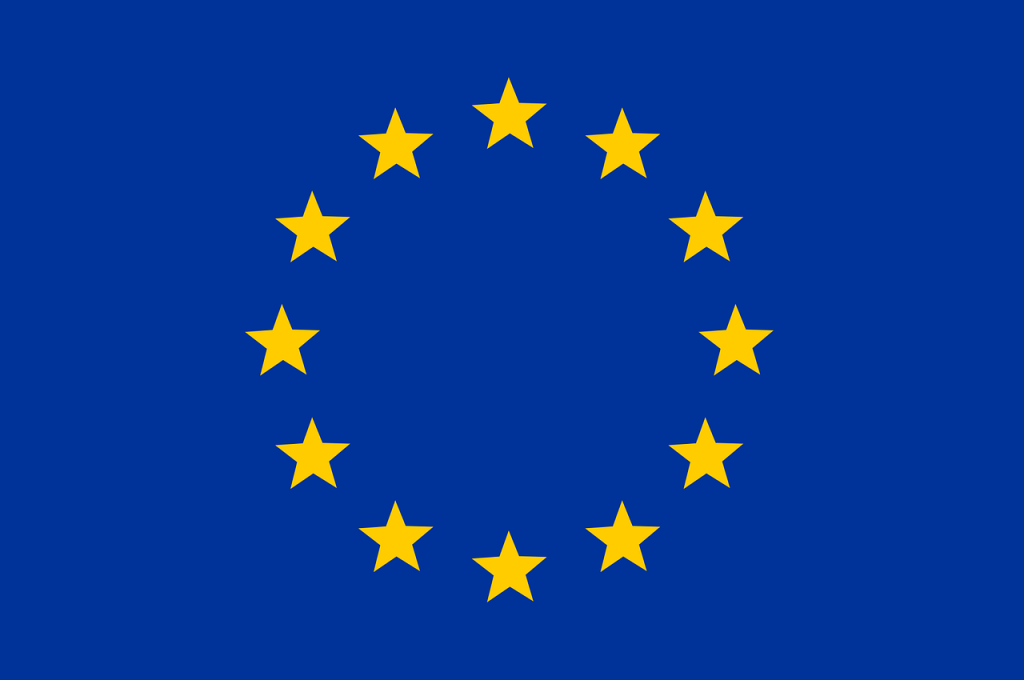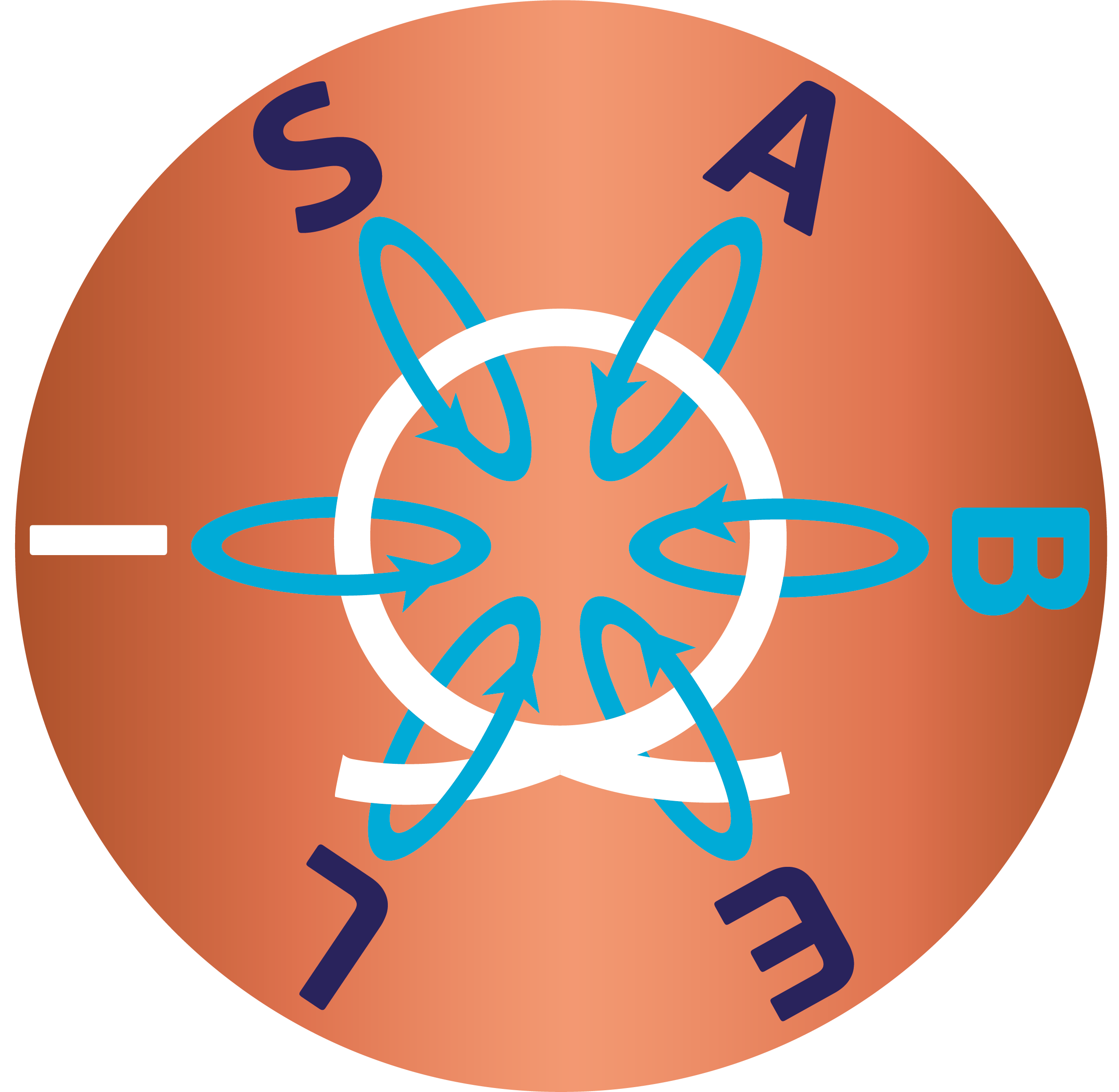ABOUT ISABEL
Context
One of the great challenges of society is innovation through the development of new and advanced materials.
Such tailored materials are needed in all key-technological areas, from renewable energy concepts, through next generation data storage to biocompatible materials for medical applications and many of these future materials will be synthesized on a nano-scale. In order to reach these goals, state-of-the-art analytical tools are needed. High magnetic fields are one of the most powerful tools available to scientists for the study, modification and control of states of matter, and in order to compete on the global scale, Europe needs state-of-the-art high magnetic field facilities which provide the highest possible fields (both continuous and pulsed) for its many active and world-leading researchers.
Objectives
The ISABEL project aims to strengthen the long-term sustainability of the EMFL through the realization of three objectives :
- enlargement the EMFL structure and build a great community by improving several organisational aspects (such as data management, outreach and access procedures).
- bridge the gap with industry to strengthen the socio-economic impact of the EMFL.
- strengthening of the role of high magnetic field research in Europe.
Project Identity
18 PARTNERS

ISABEL gathers 10 countries all around Europe, of both academics and industrials.
Check out more details on the “consortium” tab.
The logo is inspired by the field magnet shape, surrounded by two key symbols:
- “I”- international symbol of electrical current
- “B” – international symbol of magnetic field
COORDINATOR

LNCMI is a research infrastructure welcoming researchers from around the world for high magnetic field experiments. At two sites, LNCMI offers continuous fields in Grenoble (LNCMI-G) and pulsed fields in Toulouse (LNCMI-T).
Check out more details on the “consortium” tab.
Acknowledgement
 This project has received funding from the European Union’s Horizon 2020 research and innovation programme under grant agreement No 871106. Any dissemination of results reflects only the author’s view and the European Commission is not responsible for any use that may be made of the information it contains.
This project has received funding from the European Union’s Horizon 2020 research and innovation programme under grant agreement No 871106. Any dissemination of results reflects only the author’s view and the European Commission is not responsible for any use that may be made of the information it contains.


